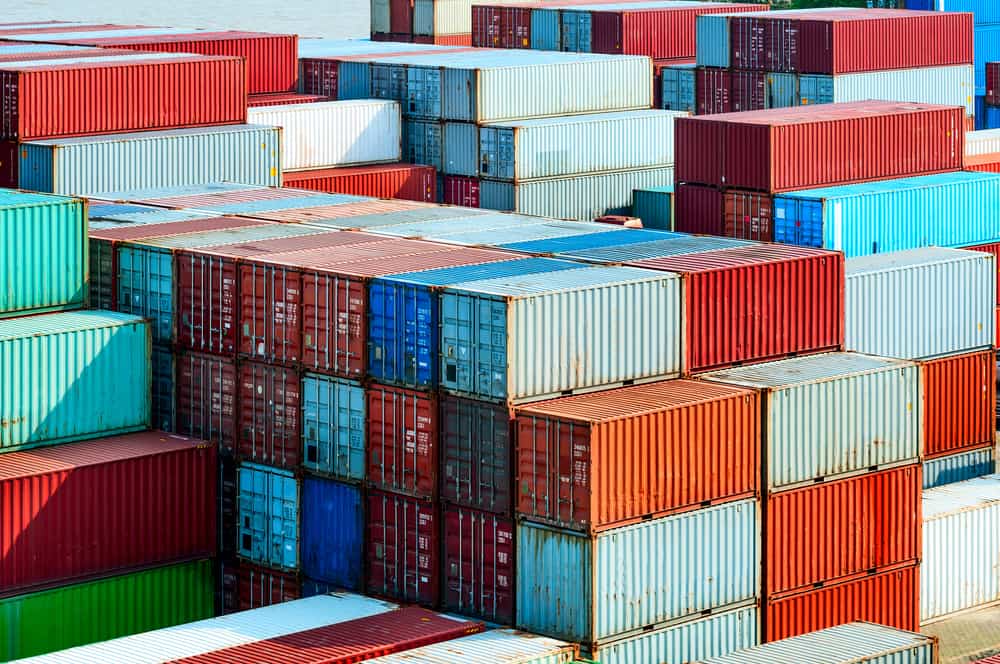What is causing the massive container shortage and why is there no vessel space available?
The current turmoil is a result of the fact that no one in the logistics industry was prepared when lockdowns began in March 2020. World economic activity significantly decreased. Many of the laborers working the ports had their movements restricted. Factories and warehouses had temporarily closed. Ultimately, this left large amounts of containers idled at ports. Since cargo was not moving the shipping lines removed capacity by blanking sailings. This is the best way for shipping companies to lower their operating costs. As a result, blanking sailings has allowed steamship lines to maintain very high rates.
U.S. import demand came surging back. Ocean carriers were in position to bank profits around $5.1 billion in Q3 2020, four times as much a year earlier. How is this possible in a pandemic? Let’s take a look back. The typical peak season begins in September. This is when retailers can begin stocking their shelves with Christmas merchandise. Around the same time, shelves were empty because of the panic buying of essential goods and personal protective equipment (PPE). Home office products and sporting goods also came to be in short supply as we adjusted to the lockdowns. A shift in consumer spending created a huge spike in e-commerce purchases. For instance, U.S. online purchases grew 39% during the 2020 holidays compared to 2019. Shoppers spent $188.2 billion as they stayed home and bought online.
Steamship lines have been able to reach all-time high ocean freight rates.
Pre-COVID, what once cost $1,500 to ship a 40’ container from Shanghai to the U.S. West Coast now costs around $4,000 or more (see JOC’s chart with Shanghai Shipping Exchange data below.) Some carriers are offering premium services, for an extra charge, which can guarantee equipment/or space availability. In non-U.S. trades, rates have also been soaring. From Shanghai to Singapore, the normal rate was around $200/40’ but now has reached $1,000/40’. Another example, from Tianjin to Thailand the rate used to be $400/40’ and is now $2,000/40’.

The long-haul shipping lane from China to the U.S. is one of the most profitable. It appears ocean carriers are eager to have their containers returned to China as quickly as possible. For example, steamship lines reduced container-free times for detention at various destinations. Also, the FMC had warned ocean carriers to stop rejecting U.S. exports of agricultural goods. The unprecedented amount of import containers does not appear to be slowing down. Port of Los Angeles data below shows imports are expected to surpass 180,000 TEUs the last week in January.

This vicious cycle has led to poor efficiencies.
For the past six months, the Southern California supply chain reached near-record numbers. All 12 terminals have been pushed beyond their capacity. Los Angeles/Long Beach ports for example, had around 20 ships at anchor before Christmas. As of this week there were 33 ships at anchor, with a dozen ships having capacity of more than 10,000 TEUs each. The number of anchored ships has not been this bad since the 2014-2015 West Coast labor crisis. The most ships anchored in that region was 65 back in 2004 due to Union Pacific Railroad labor shortages.

Now, more than ever, it is important to work with an experienced freight forwarder.
Here at MTS Logistics, we can use our strong relationships with our partners overseas to help diversify your carrier portfolio and provide various sailing options.




